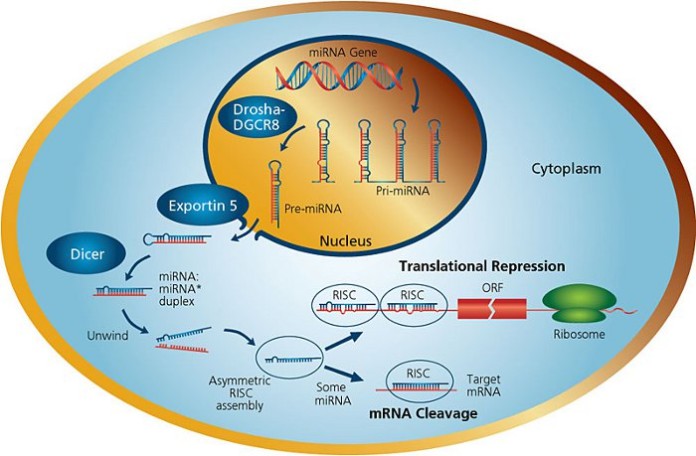The microRNA, called miR-181b, controls adipose tissue vessels, making it responsible for obesity-related changes in those areas. In their study of mice, miR-181b expression was associated with a decrease in adipose tissue in endothelial cells but not in adipocytes. These results were observed after one week of mice being fed a high-fat diet.
miR-181b also directly targets a protein phosphatase called PHLPP2. Levels of this protein were found to be higher in endothelial cells from diabetic patients than from non-diabetic patients. Therefore, inhibiting PHLPP2 and boosting miR-181b expression are on the “to-do” list of the researchers involved in this study.
Scientists believe that they can rebuild the healthy levels of miR-181b of unhealthy people to decrease insulin resistance that causes and exacerbates diabetes. Initial successes are promising: scientists giving miR-181b injections saw improved insulin sensitivity, improved glucose levels, and reduced inflammation. The same results showed with PHLPP2 inhibition.
“The beneficial role of this microRNA in obesity is likely the tip of the iceberg since excessive inflammation is a pervasive finding in a wide-range of chronic inflammatory diseases,” said senior author Mark Feinberg, MD.
Source: LabRoots



















































